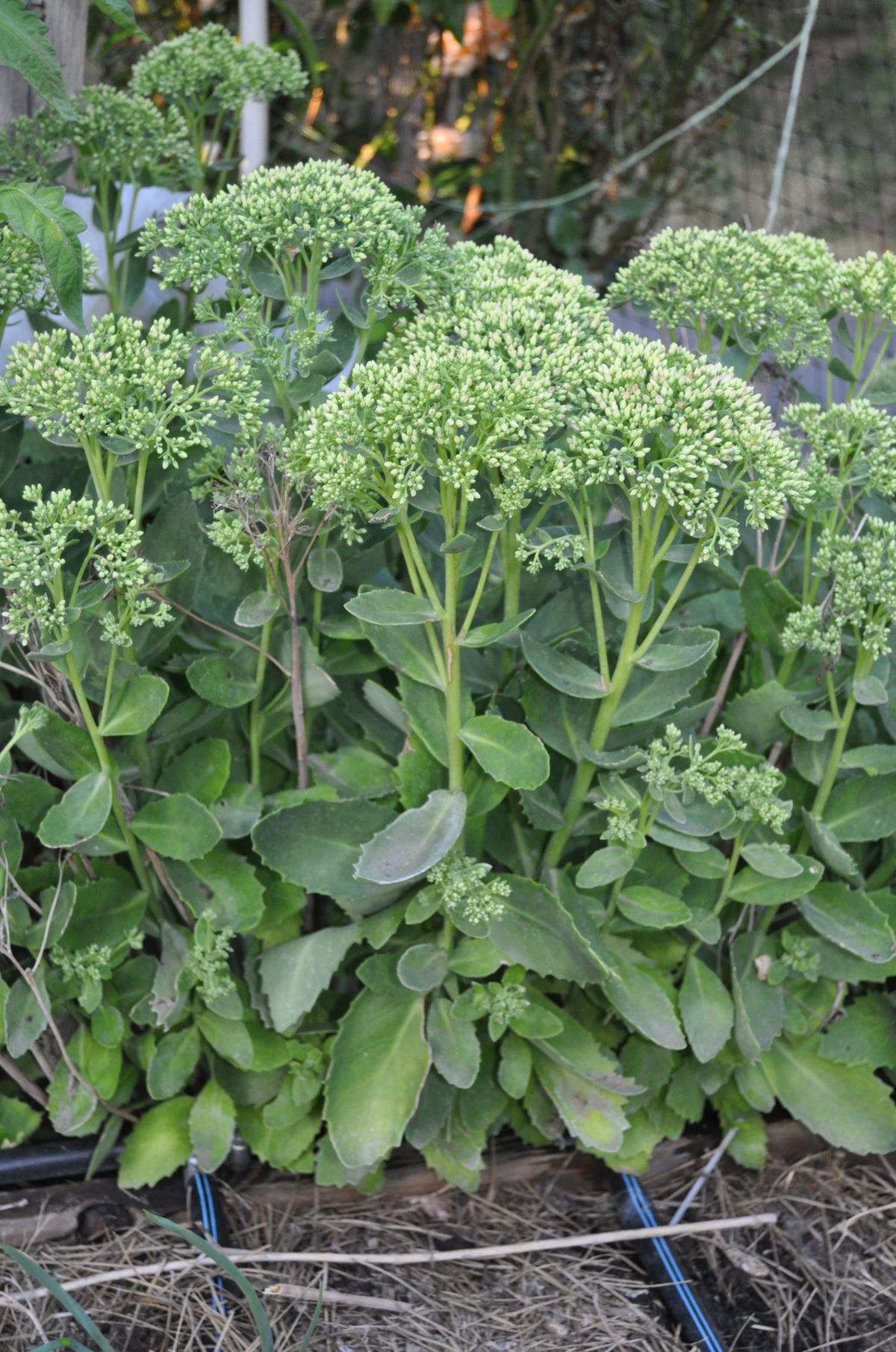Gardening: Sedums lead way in coping with hot, dry weather

Right now it is very hard to keep enough water on the garden, given our seemingly endless string of hot, dry days. So maybe it’s time to talk about plants that love this kind of weather.
The sedums (SEE-dum) and their cousin the sempervirens (sem-PER-vi-rens) thrive in poor, thin soil with little need for water or fertilizer. As a succulent, they store water in their leaves like a cactus, making it possible to survive under tough conditions. Their only growing requirement is that the soil – what there is of it – must drain quickly year-round. Most of them prefer full sun and many are hardy to USDA Zones 3 and 4.
In our region, sedums are perfect for planting around and on the basalt and other rock outcrops that dot our landscapes. Even those south-facing inferno spots will support a sedum. All that is needed to get them started is a small amount of average garden soil packed into the pockets in the rock and then planted with rooted sprigs of the plants. The best time to plant is in the spring while it’s still cool so they have a chance to settle in. Once they are established, they will need little care beyond a trimming in the spring to remove dead material and shape them. They are also perfect for those dry areas of the garden where the soil is thin and it’s hard to get enough water to support other plants.
Sedums grow in a wide range of colors, leaf textures and heights, so it isn’t hard to fit them into a landscape plan. Sedum Autumn Joy is a very common plant in our gardens. It grows to 18 inches to 2 feet tall and an old plant can be 2 feet across. Its strongly upright growth habit and broad leaves add a bold texture to the garden. In the fall it blooms with flat-topped red, white or pink florets that attract clouds of honeybees. After a heavy frost, the foliage turns yellow before collapsing for the winter. Sedum Purple Emperor is similar to Autumn Joy but has dark purple leaves and dark red flowers.
Ground cover sedums such as the brilliantly yellow Angelina add impressive spots of color in a garden. Angelina has long, drooping stems of round leaves that can cascade down walls or tumble over rocks. In the fall, its foliage turns orange. Grow it in warmer places in the region as it is only hardy to Zone 6. You can round out colors in the dry garden with groundcover sedums such as Frosty Morn, which has small, frosty green variegated leaves that form a mat. Dragon’s Blood forms a mat of dark purple rounded leaves while Tricolor forms mats of small green leaves edged with red and white.
A cousin of the sedums, Sempervirens Hens and Chicks, forms a dense tight mat of tightly whorled leaves. The “hens” are the older plants in the center of the clump while the “chicks” are the younger plants that grow at the edge of the mat.